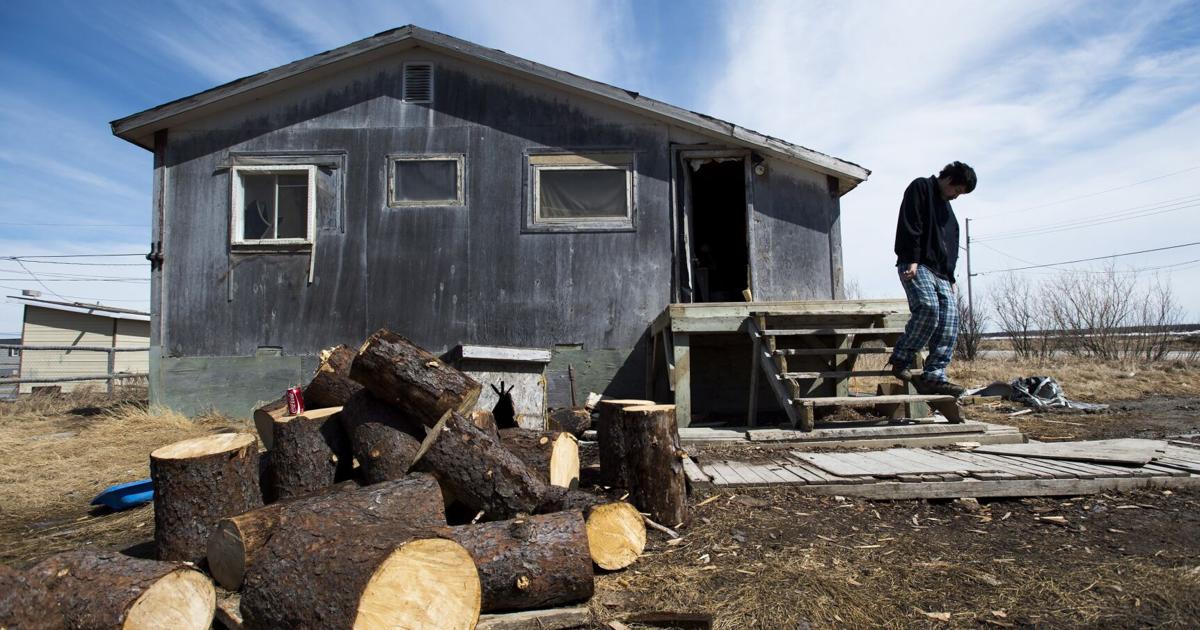crs1026
Superstar
I wonder how much of it is the equipment, and how much of it is the track. Personally, I find the new Venture sets to be much smoother and quieter then LRC and HEP equipment. In regards to the track, it is frustrating to see how many slow orders have popped up on CN track in SWO over the last few years. Kitchener-London, Komoka-Glencoe, and Strathroy-Watford all have long sections of reduced speeds.
So long as VIA operates on landlord freight railroads that handle frequent heavy freight equipment, this is what one can expect.
It would be hugely costly to maintain those lines to the quality where your drink won't spill (as it won't on TGV, or even Brightline),
- Pau





